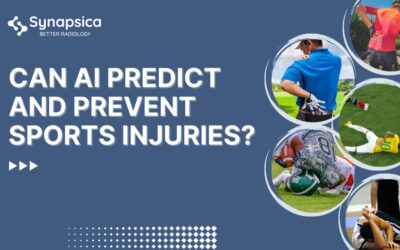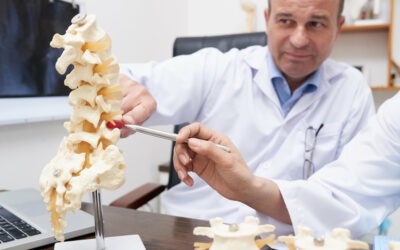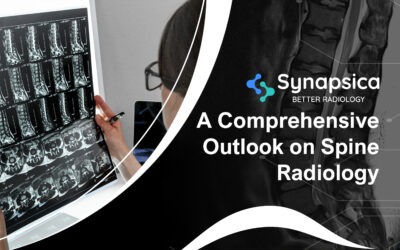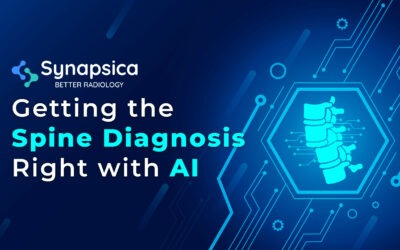
Acknowledged as one of the globe’s biggest problems, back pain is already making life painful for most people – making it hard to get a good night’s sleep or even attend a social gathering. And most times back pain is the result of degenerative spine disease.Every year, nearly 400 million people are diagnosed with pathologic disc degeneration across the globe. Back pain being the most common symptom of disc degeneration is becoming an all-age problem.
Degenerative spine disease which is the umbrella term for spinal conditions such as herniated disc, spinal stenosis, degenerative disc disease, and sciatica, occurs due to the wear and tear caused by aging. Degenerative spine disease can also be the outcome of arthritis, tumors, or infections.
1. Early symptoms and identifiers of spine disease
Spine degeneration can occur at any region of the spine, say cervical, thoracic, and lumbar. Symptoms vary depending on the part of spine degeneration. For instance, spine degeneration at the lumbar region will exhibit leg pain, numbness and weakness in the legs, etc. If it is the cervical region, the symptoms are exhibited in the neck and arms.
The general symptoms of degenerative spine disease are:
* limited motion
* Pain in the neck, arms, or legs
* Numbness, tingling, and weakness in the arms and legs
* bowel or bladder incontinence
* problems with balance/walking
* chronic pain with movement or at rest
2. Why diagnosing degenerative spine disease is challenging
2.1. Gradual progression of the condition
While degenerative spine disease is often spotted in the older generation (age >40), the condition can develop at a very early age – between 20 to 25.
And since disc degeneration develops gradually it makes it highly challenging to diagnose. The prevalence of disc herniation in the asymptomatic population compasses from 20% in youngsters to over 75% in elders aged over 70 years.
2.2. Multiple occurrences of the condition
Degenerative spine diseases can co-occur. For instance, a person can have a herniated disc as well as spinal stenosis. Or an individual can have multiple herniated discs in the lumbar region of the spine.
Let’s consider the case of multiple disc herniation. Firstly, ‘disc herniation’ is a broad term and can mean mild bulges with no pain or extreme protrusions with chronic pain.
For instance, it is very normal to say that ‘ a guy was riding a motorcycle.’ That motorcycle can mean a sports bike, a scooter, or a moped.
Disc herniation is very similar. It can be disc bulges, protrusions, extrusions, or sequestered fragments. Disc herniation involves more symptoms as it gets bigger. Hence, disc herniation often goes undiagnosed at its benign stage, unless identified incidentally.
For example, a person might have a disc extrusion at C3-C4 and a disc bulge at T3-T4. Since the disc at C3-C4 has reached its herniation stage, the person is likely to experience pain in the neck and arms along with other relevant symptoms.
While the disc bulge is still present at T3-T4, it may go unnoticed as the physician might order an X-ray or MRI only for the cervical spine after hearing about the patient’s symptoms.
Even in a full spine MRI, the disc bulge at T3-T4 might go undiagnosed, as the interpreting radiologists will be primarily focused on identifying the root cause for neck pain.
2.3. Resultant spine problems
Degenerative disc disease (DDD) can be difficult to diagnose as it can cause other spine problems such as:
* Scoliosis
* Herniated disc
* Osteoarthritis
* Spinal Stenosis
* Spondylolysis
* Spondylolisthesis
For instance, a physician might be able to quickly diagnose a herniated disc, but it is difficult to diagnose that the herniated disc is the result of DDD.
3. AI in diagnosing degenerative spine disease
AI is greatly transforming radiology and diagnostics in today’s big data era. Numerous applications based on AI and its subsets – machine learning, computer vision, convolution neural networks, deep learning, natural language processing, etc. are developed to help radiologists and physicians in problems associated with the spine.
Almost all spine-related suspicions are confirmed using an imaging test. AI is currently being experimented in the following tasks of spine image examinations:
* Automatic identification and localization of vertebrae and discs
* Image segmentation
* computer-aided diagnosis
* motion analysis
* prediction of clinical outcomes/complications
And many others.
Here’s how AI can help in spotting a degenerative spine disease
3.1. Automated image analysis
Given the dismal shortage of radiology professionals, a radiologist is pushed to study an image within 3 to 4 seconds. Though AI is engineered to mimic human intelligence, they don’t get exhausted like humans with increasing workloads or only look for obvious deformities.
AI can act as a pair of virtual eyes that can scan images in detail to catch deformities that can miss the human eye easily.
AI applications when trained rigorously can help in automatic identification and localization of vertebrae, grading disc degeneration, central canal stenosis, disc narrowing, spondylolisthesis, changes in upper or lower marrow, and defects in the upper or lower endplate.
3.2. Quantitative analysis
Apart from automating manual tasks of radiologists, AI algorithms can help in measuring vertebral heights and discs.
For instance:
Condition – Disc herniation; Region – lumbar, L4-L5; Size – 3mm
Condition – Spinal stenosis; Region – Cervical, C4-C5; AP diameter – 7.2mm
Quantification of the deformities helps the physician get a clear picture of the condition and its severity. Also, quantitative analysis helps in understanding the disease’s pace of progression, enabling the physician to determine how long the individual can go on with conservative treatment.
In the case of surgery, quantitative analysis helps the surgeons go for the best and safest surgery options for a particular condition. For example, a disc herniation of 3mm can be operated through a minimally invasive procedure like endoscopic microdiscectomy rather than open surgery.
3.3 Incidental findings
AI also helps in recording incidental findings. Most times incidental findings are unrecorded as they are deemed insignificant at the moment. For example, disc bulges that go unnoticed or unreported can be well recorded with AI’s quantitative analysis. This will help physicians trace the history of present illness and make more informed clinical decisions.
Diagnosis is not an easy job. Particularly, when it comes to disc degeneration. Understanding the pace and severity of degenerative disc, along with possible correlations, and in-depth analysis of spine radiology images with quantification, in a short time, is beyond human capabilities.
Healthcare institutions need the support of advanced technologies like AI and ML to identify spine problems at an early stage and dig deeper to understand the underlying problem.
Built for automated analysis and reporting of MRI spine, Spindle is an AI algorithm that automatically quantifies and characterizes disc shape features, describes bulges and herniations at each intervertebral level, detects signal intensity changes, grades disc degeneration, and classifies pathology in objective grades with 93-99% accuracy.
Want to know how?





